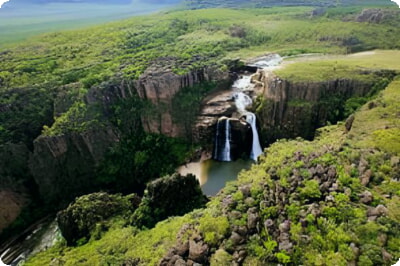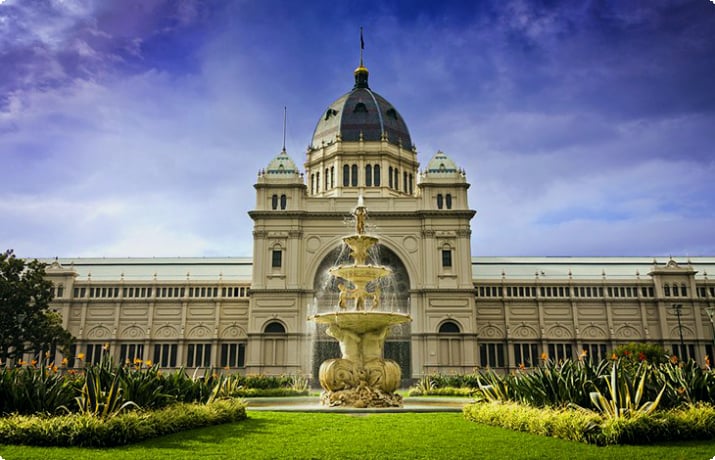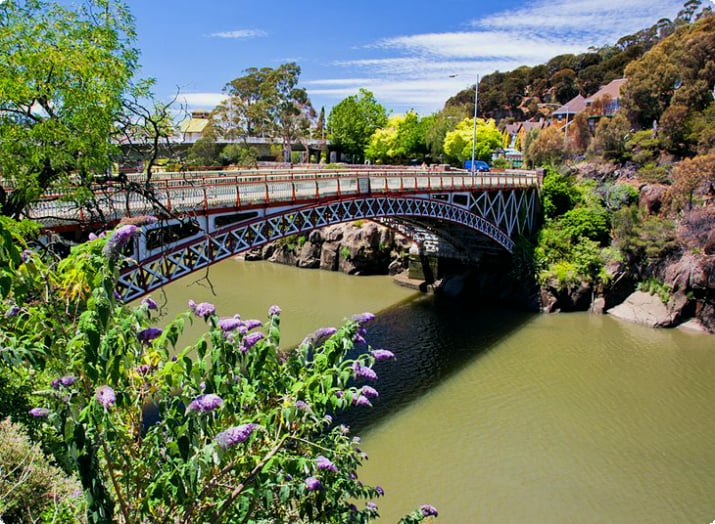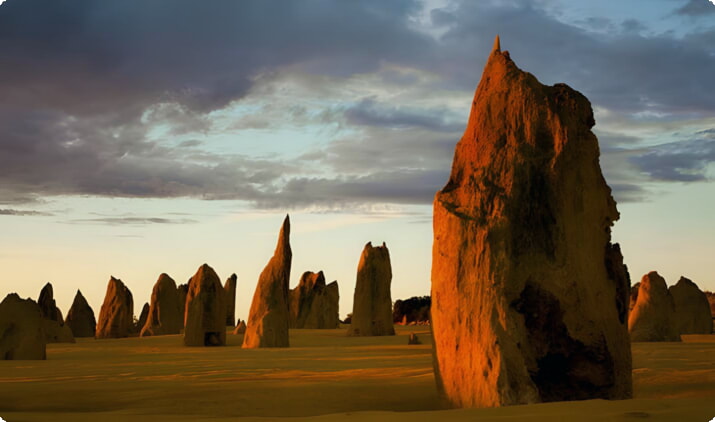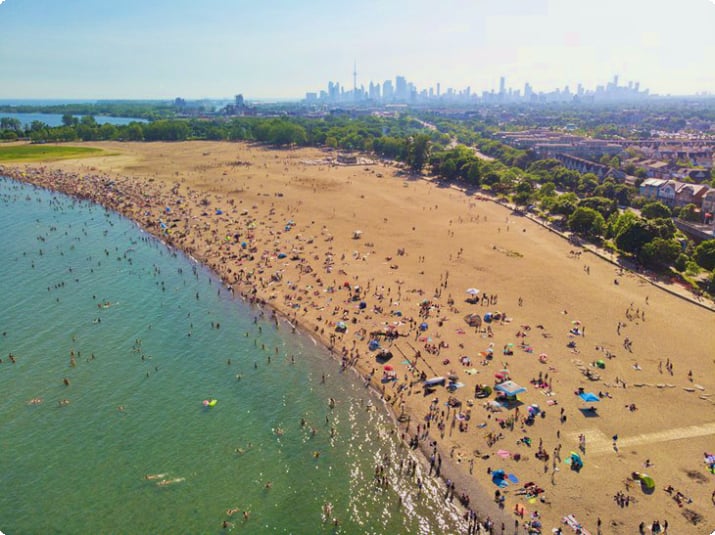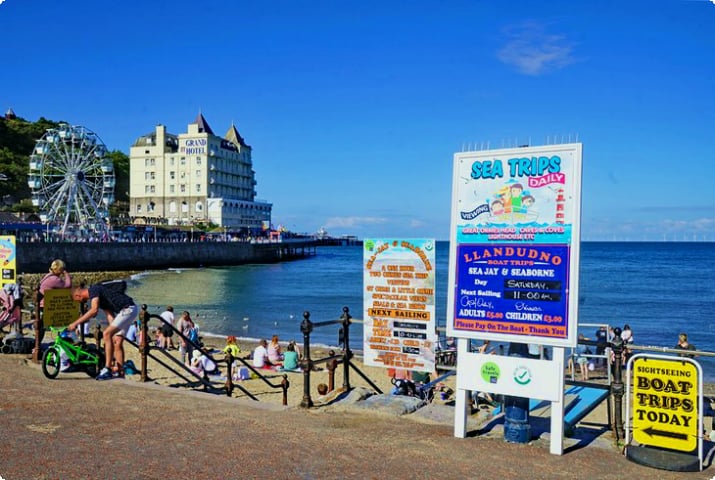Exploring Kakadu National Park from Darwin
A mere three-hour drive from Darwin, the World Heritage-listed Kakadu National Park is a natural wonder, boasting the title of largest national park in Australia. Its 20,000 square kilometers are filled with diverse ecosystems, from rivers and monsoon forests to wetlands teeming with wildlife.
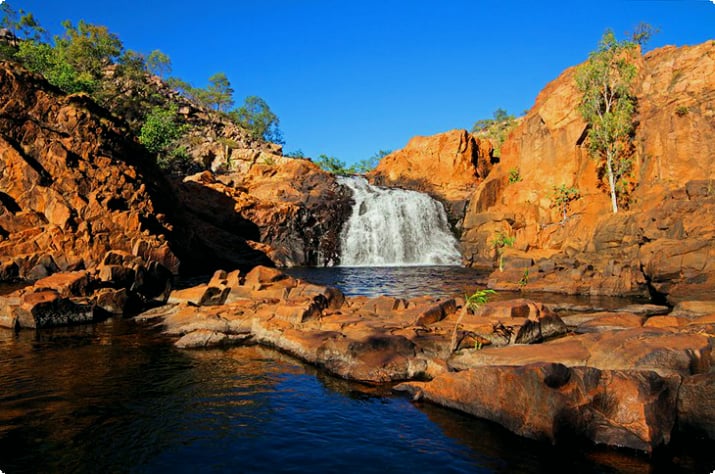
Reaching Kakadu from Darwin is straightforward with a self-drive tour. You can enjoy wetland cruises and free ranger-guided tours in the dry season, or delve into the park's rich aboriginal heritage through aboriginal-led tours. Simply rent a car to begin your adventure.
For a more structured experience, consider an organized tour from Darwin. Spending a few days in the park allows for a deeper appreciation of its beauty and cultural significance.
When to Visit Kakadu National Park
The dry season, from mid-June to mid-August, is ideal for visiting Kakadu. The wet season offers its own dramatic scenery but be aware that flooding can limit access to certain areas.
Self-Drive Tours from Darwin
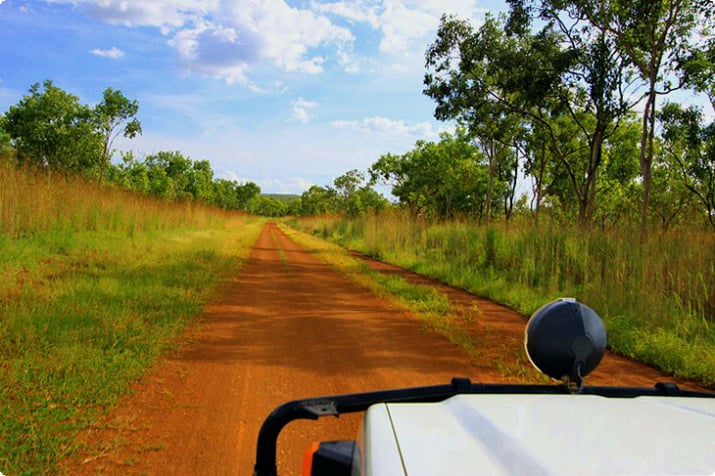
The journey from Darwin to Kakadu's main settlement, Jabiru, is about 250 kilometers. Along the way, you can stop for a crocodile cruise or visit the Window on the Wetlands visitor center. In Jabiru, sealed roads lead to many attractions, but a 4WD is recommended for more remote sites.
Guided excursions in Darwin
Organized Tours in Kakadu National Park
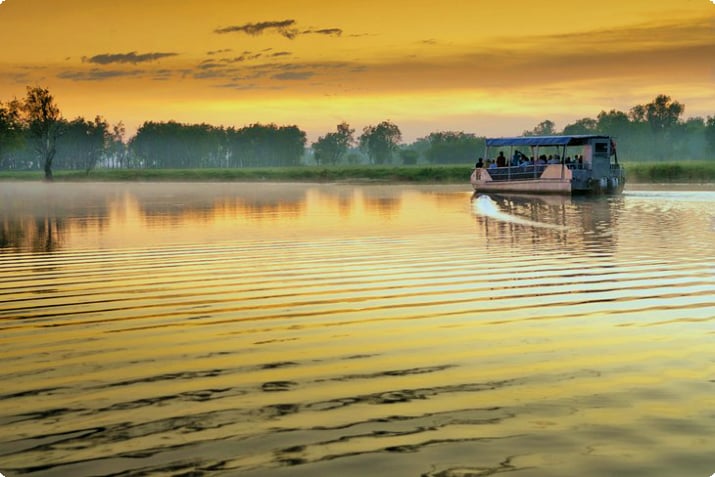
Join ranger-led hikes or cruises to explore the park's wetlands. The Yellow Water Cruise and the Guluyambi Cultural Cruise are popular options for wildlife spotting. For a bird's-eye view, scenic flights over landmarks like Jim Jim Falls are available.
Professional Tours To Kakadu from Darwin
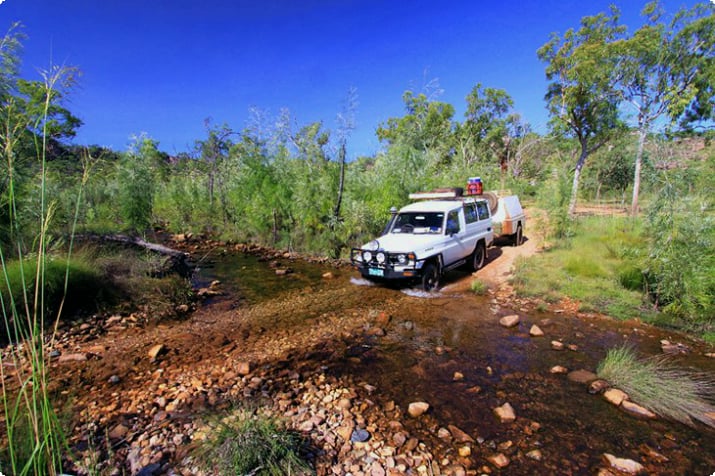
Professional tours offer convenience and expert guidance. Options range from day trips to multi-day excursions, with some tours including visits to Arnhem Land, a culturally rich area adjacent to the park.
Kakadu Landscapes
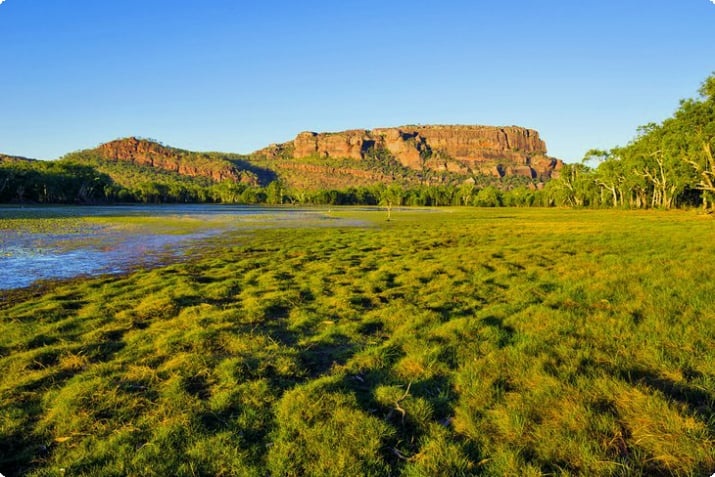
Kakadu's landscapes vary from tidal zones and monsoon rainforests to tropical woodlands and stone country. The park's diverse environments were even featured in the film Crocodile Dundee.
Kakadu Aboriginal Heritage and Rock Art
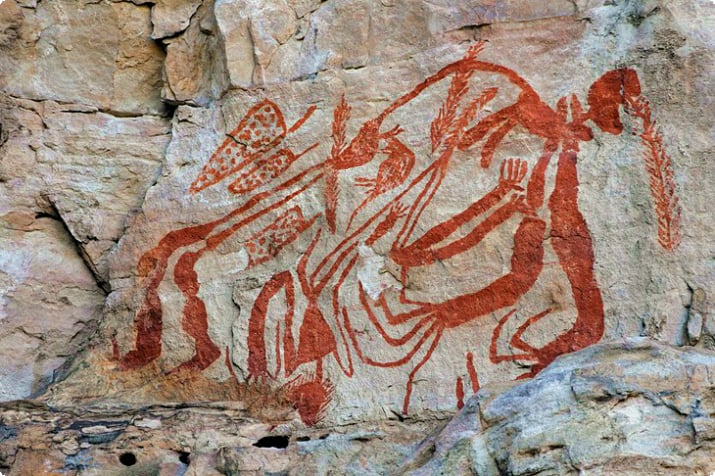
With a history spanning over 50,000 years, Kakadu's aboriginal rock art sites like Nourlangie Rock and Ubirr are must-see attractions. Official site: https://parksaustralia.gov.au/kakadu/do/rock-art/
Kakadu Walks and Hikes
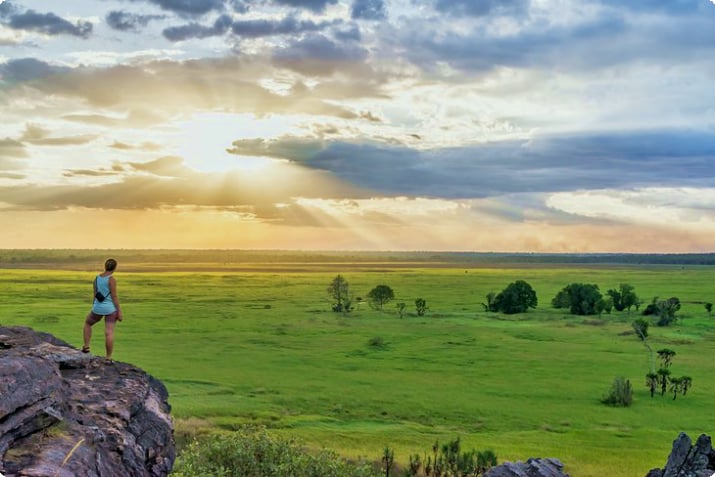
Traverse Kakadu's diverse regions through its network of walking trails. Accessibility varies with the seasons, offering everything from billabong boardwalks to waterfall hikes.
Kakadu Wildlife
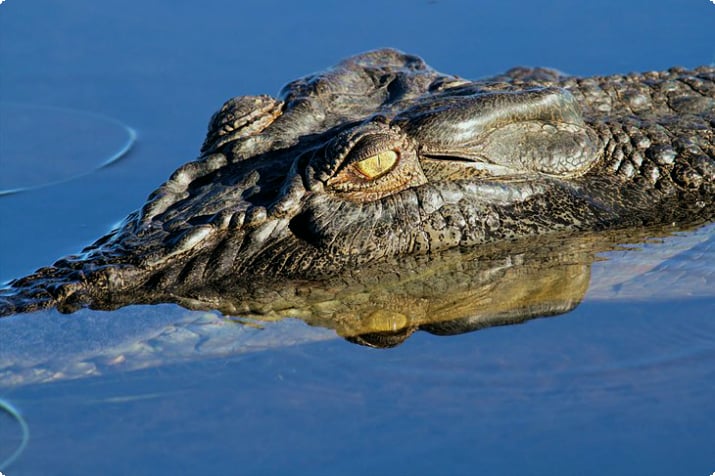
Home to a vast array of wildlife, Kakadu is a haven for birdwatchers and animal enthusiasts. Explore the park's trails or take a boat cruise for the best wildlife viewing opportunities.
Kakadu Plants
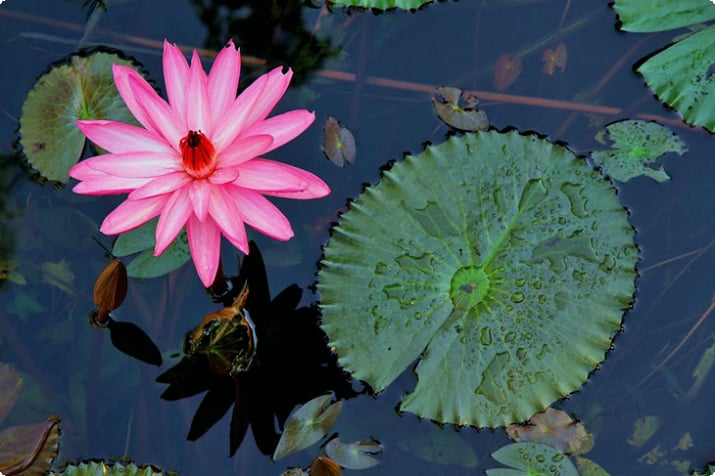
With over 2,000 plant species, Kakadu's flora is both diverse and culturally significant, providing food, medicine, and materials for traditional aboriginal crafts.
Kakadu Waterfalls
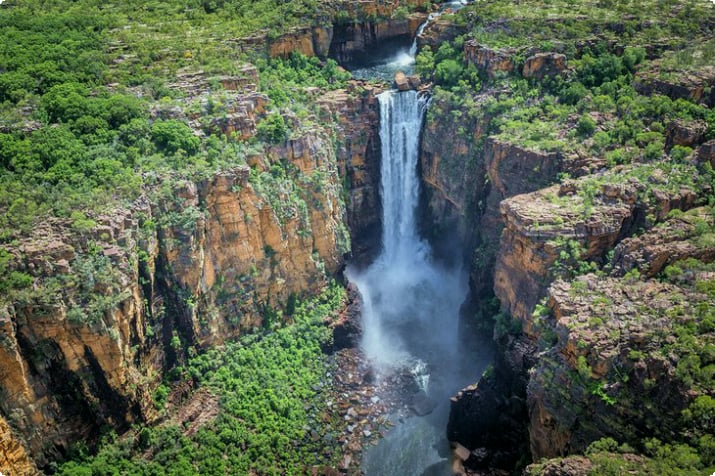
Experience the park's waterfalls, which are most impressive during the wet season. In the dry season, tranquil waterholes and accessible walks await visitors.
Jabiru
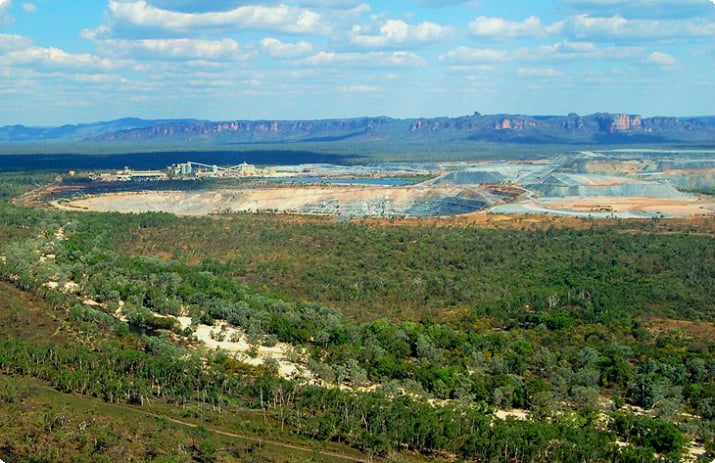
Jabiru serves as a central hub for visitors to Kakadu, featuring the unique Mercure Kakadu Crocodile Hotel.
Kakadu Visitor Centers
Learn about the park at the Bowali Visitor Centre and the Warradjan Cultural Centre, which offer exhibits, talks, and souvenirs.
Tips and Tactics: How to Make the Most of Your Visit to Kakadu National Park
- Be cautious of crocodiles near water.
- Protect yourself from the sun and stay hydrated.
- Carry a map, compass, or GPS on hikes.
- Inform others of your plans when embarking on long treks.
- Obtain permits for entry into Aboriginal Arnhem Land.
- Check for seasonal park closures.
- Early morning and sunset are prime times for wildlife viewing.
- Bring binoculars for birdwatching.
- Visit http://kakadu.com.au/ for more information.

